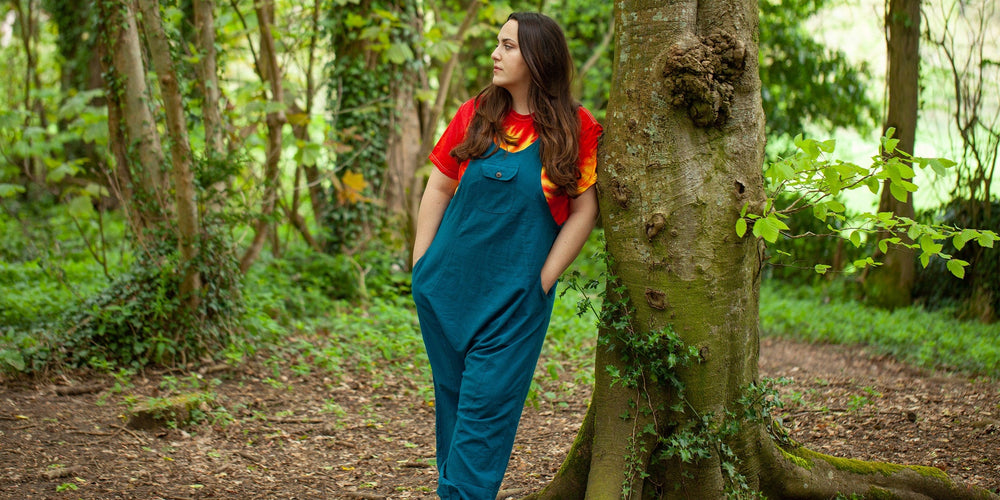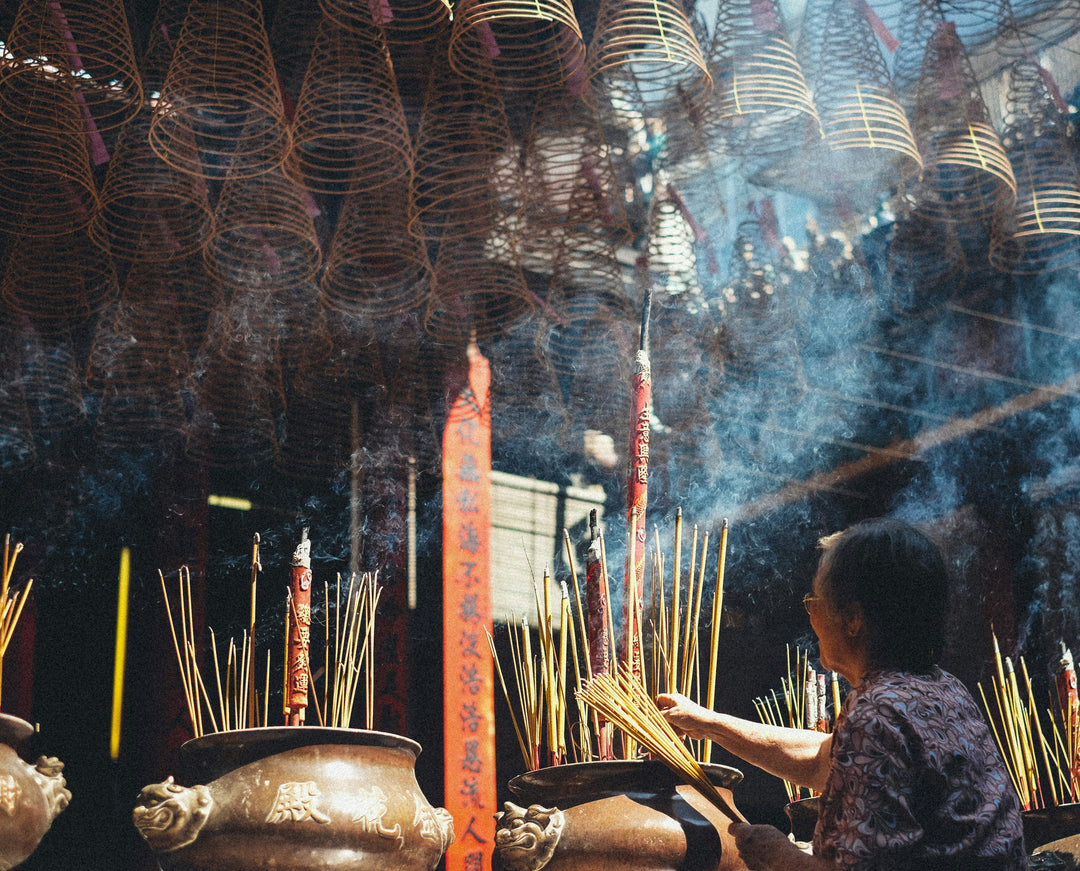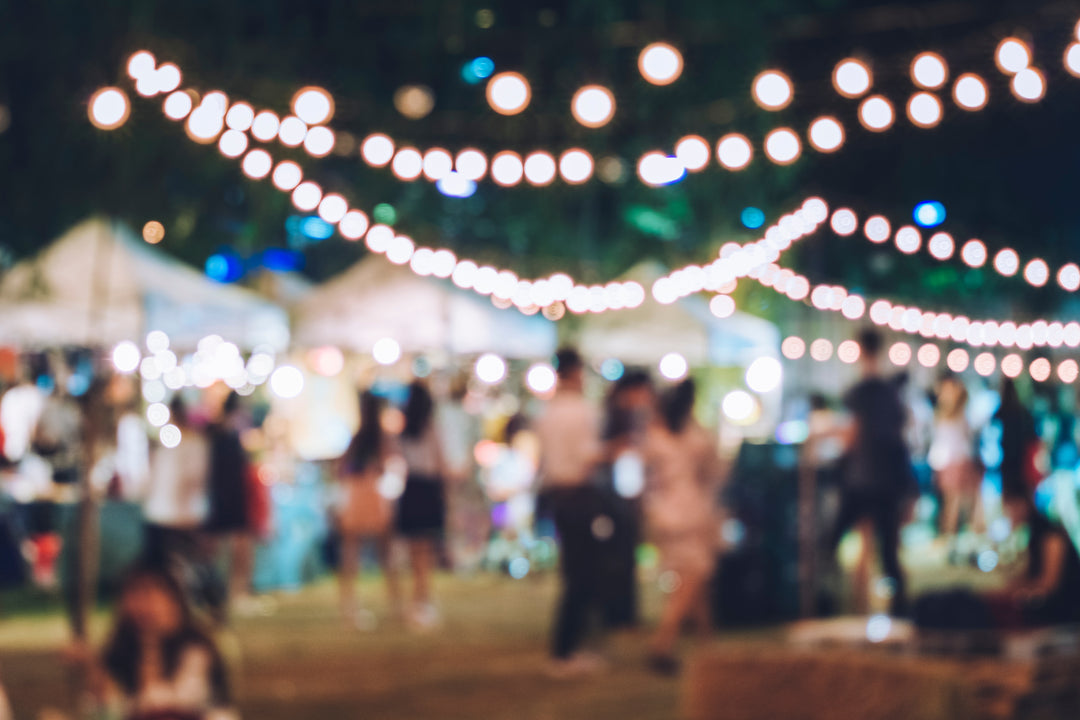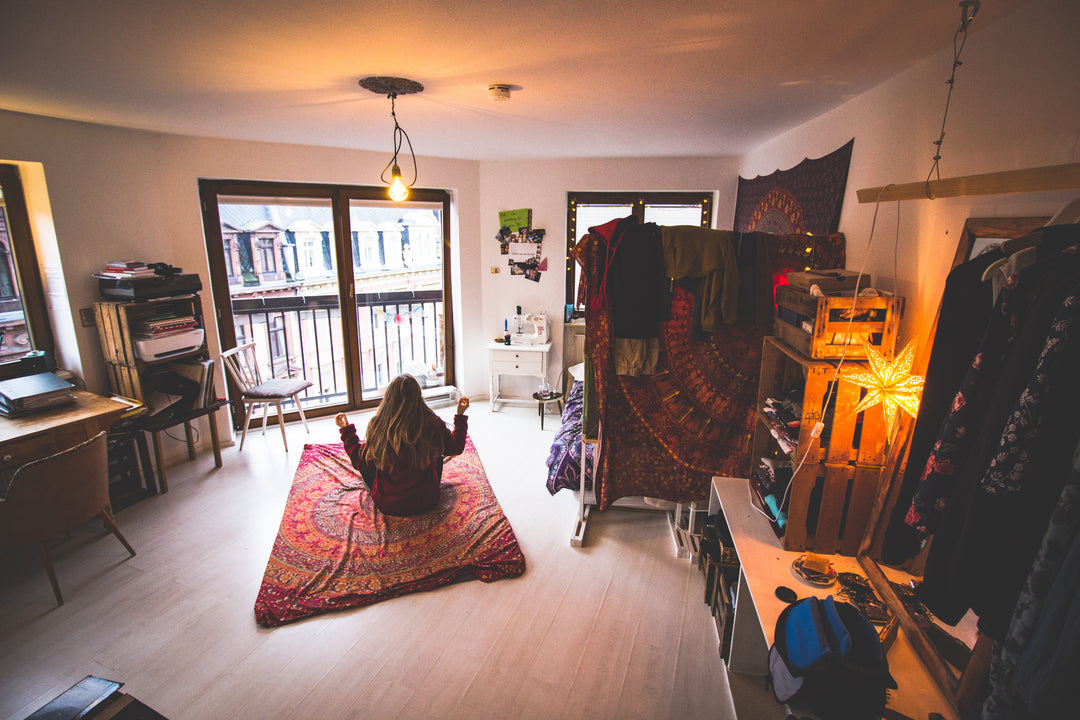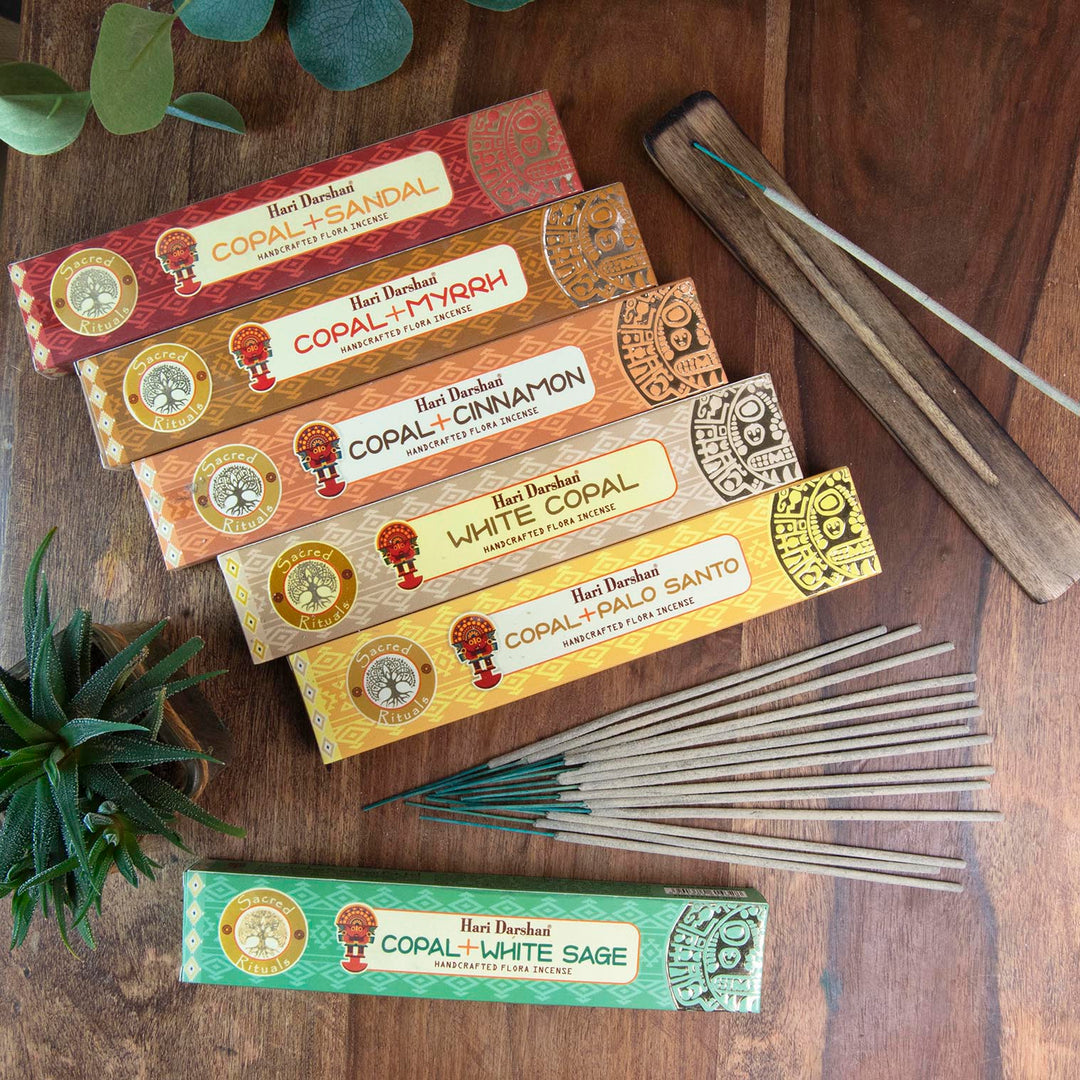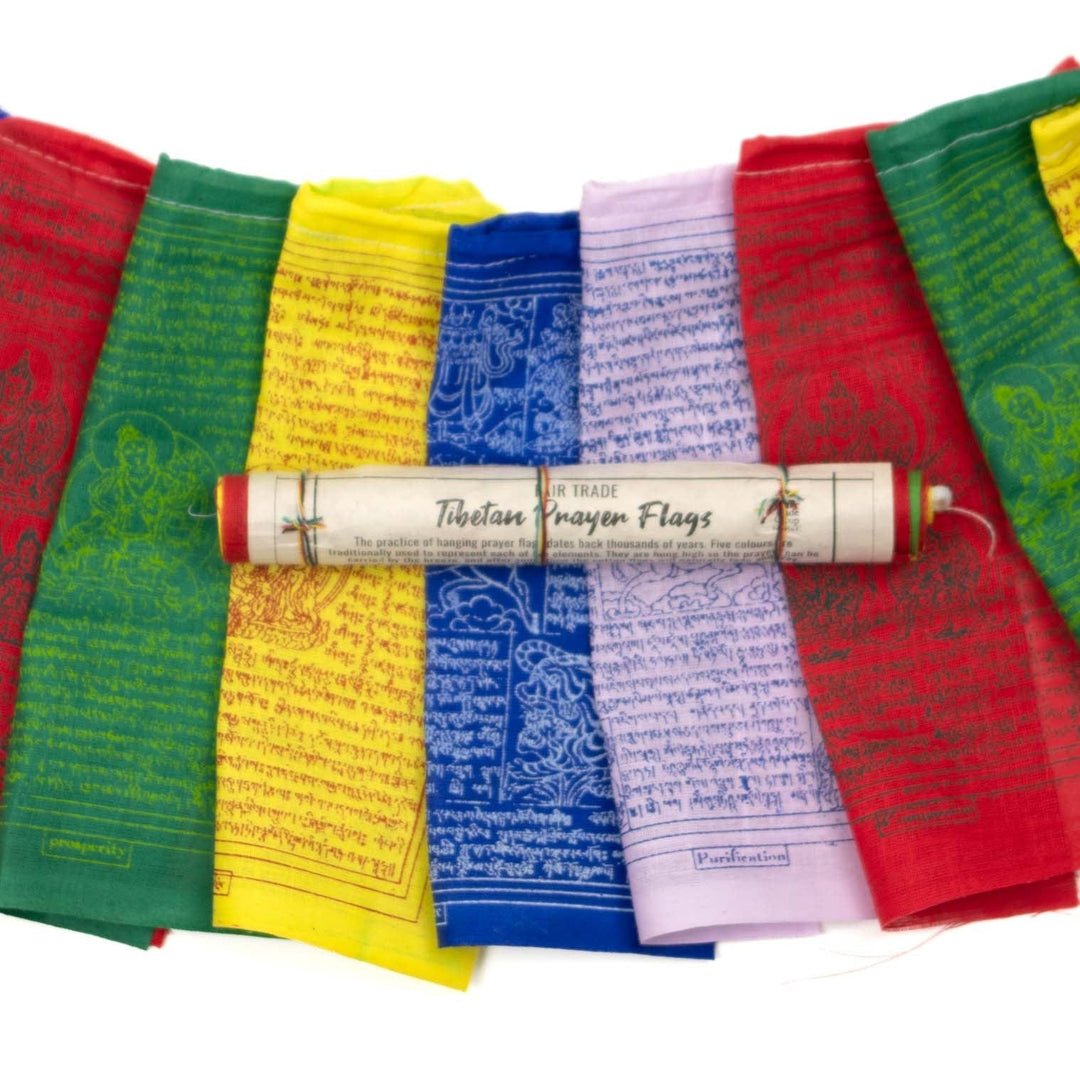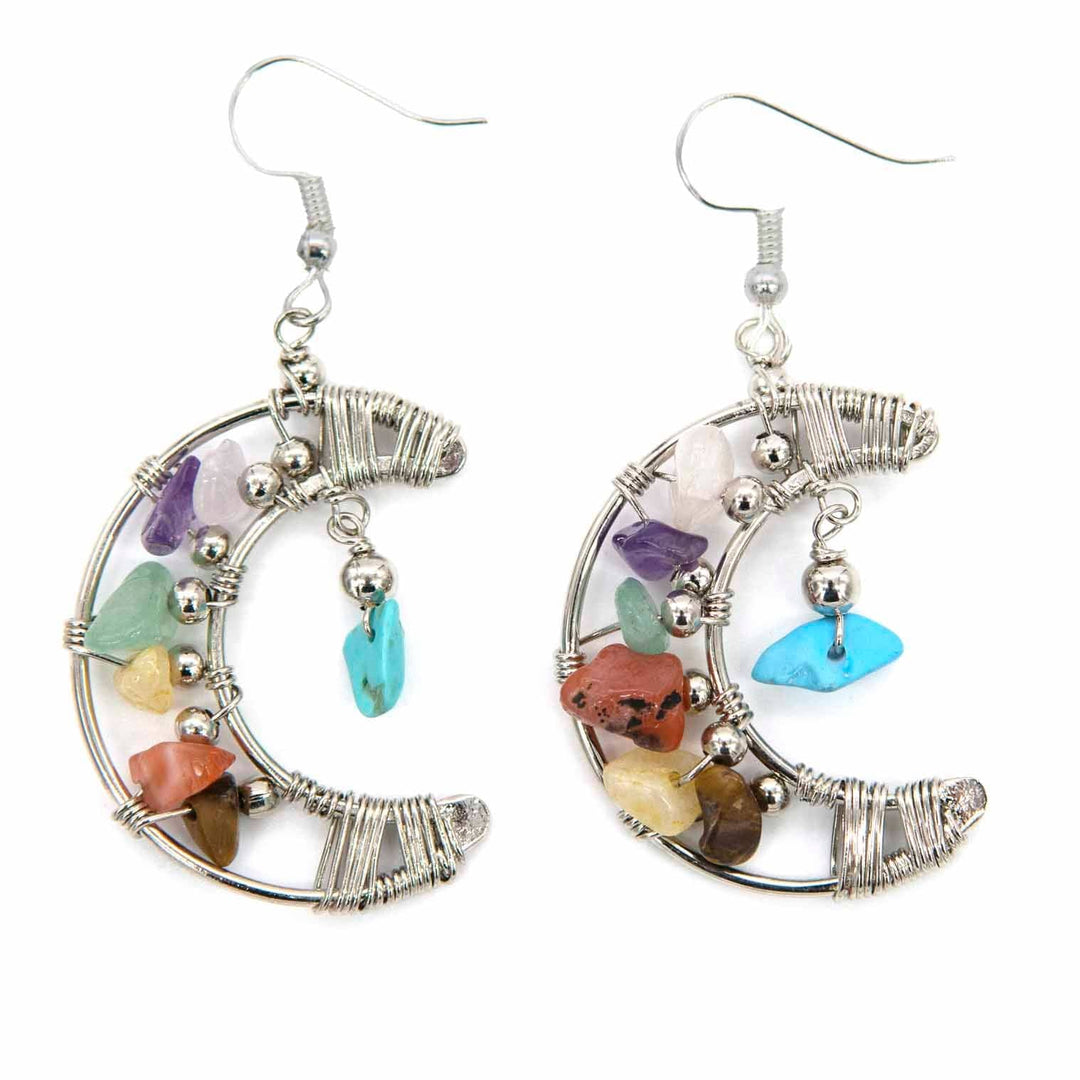The music that inspired the movement
The music that inspired the movement
The correlation between fashion and music has always interested me; sometimes it can be the style of just one band at the right time that speaks to a generation which in turn will change the fashion to mirror the music or the band’s style. In recent years it was the economic crash that had a big impact on fashion; it took people back to war times and suddenly every other shop was a ‘vintage shop’ and allotments were suddenly in high demand amongst younger people. Electro swing had a massive comeback, along with any music from 40’s/50’s and 60’s. Themed nights pop up on at every street across the country as well as tea shops, but slowly we have come through each decade again until finally entering the 90’s last year and who knows, we might just be in the present or even in future by the end of next year.

(Fish Fry was a night that ran in Brighton; this was one of their first posters from 2009)
When looking at the 60’s and why hippy style came about, it’s clear that it was a combination of many factors. This was the first generation to earn their own money independent from their parents, they were able to buy their own clothing and most importantly afford to travel to festivals and listen to great music.
People travelled a lot more in the 60’s, which encouraged an explorative way of thinking and meant people could mix with ideas across the planet leading to a curiosity in other cultures. This also led to an influx of new fashion styles and fusions between different cultures, like influence from Eastern, African and middle eastern countries. In the land of music Jimi Hendrix was a big influence in the ways of ethnic style which often had a flamboyant finish, with feathers, silk shirts and velvet jackets...and on the other side of Atlantic The Beatles brought the British MOD-style to America in 1964. These fashion trends took off because they were so different from what went before them and they proceeded to evolve through the 60’s. You had to be young to be able to get away with such a controversial outfit, which made them exclusive to the new generation.
Fashion was breaking convention, and dropped the niceties and expectation of former eras. Bold designs and unisex clothing came along and the boundaries of clothing and who could wear what were broken down. With the arrival of the miniskirt in 1964 from Mary Quant, who owned a boutique in Kings Road, London, the new ways of expression sure were hard to miss. The older generation had never seen anything like this fashion revolution and it was unsettling for most. The arrival of the mini skirt was revolutionary and quickly became the fashion landmark of the decade.

(Left: Jean Shrimpton, the English model courted controversy in this dress at Melbourne Cap, Flemington Racecourse, Melbourne, 1965. Right: Sandie Shaw "the barefoot pop princess of the 1960s")
For many people 1967 was where it all began, though there were movements of hippy lifestyle and ways of thinking in the early 60’s; ‘The Summer of Love’ played a very important role in shaping the identity of the hippy. ‘The Summer of Love’ was when as many as 100,000 young people converged on the Haight-Ashbury neighbourhood of San Francisco; no-one could have predicted the scale of this event which spread across America and indeed the world throughout the year. Our business was established that very same year and I think it’s pretty awesome that we started deeply rooted in the fashions, ideas and beliefs forged that year and continue to this day.
"San Francisco" by Scott McKenzie was the inspiration for ‘The Summer of Love’ and became the theme tune of 1967. It was an instant hit (#4 in the U. S., #1 in the UK) and quickly transcended its original by popularizing an idealized image of San Francisco. The lyric, “If you’re going to San Francisco, be sure to wear some flowers in your hair” inspired thousands to travel to San Francisco, with many wearing flowers in their hair handing flowers out to passer-by, so it is no surprise the name “Flower Children” stuck. Flower Power was a slogan used in the late 1960s and 1970s as a symbol of the non-violent ideology. People who were in opposition to the Vietnam War were called hippies.

Many amazing bands played during this impromptu event, including Jefferson Airplane, The Jimi Hendrix Experience, Otis Redding, The Byrds, The Grateful Dead, The Who, and Big Brother and the Holding Company with Janis Joplin. Joplin created amazing rock and blues that has stood the test of time, and her fashion sense has inspired style throughout the years...much akin to the hippie look that we see at the likes of Coachella and many other festivals every year.

- Jefferson Airplane
- The Who
- Jimi Hendrix
- The Jimi Hendrix Experience
- The Byrds
- The Grateful Dead
- Otis Redding
- Big Brother and the Holding Company with Janis Joplin
- Janis Joplin


